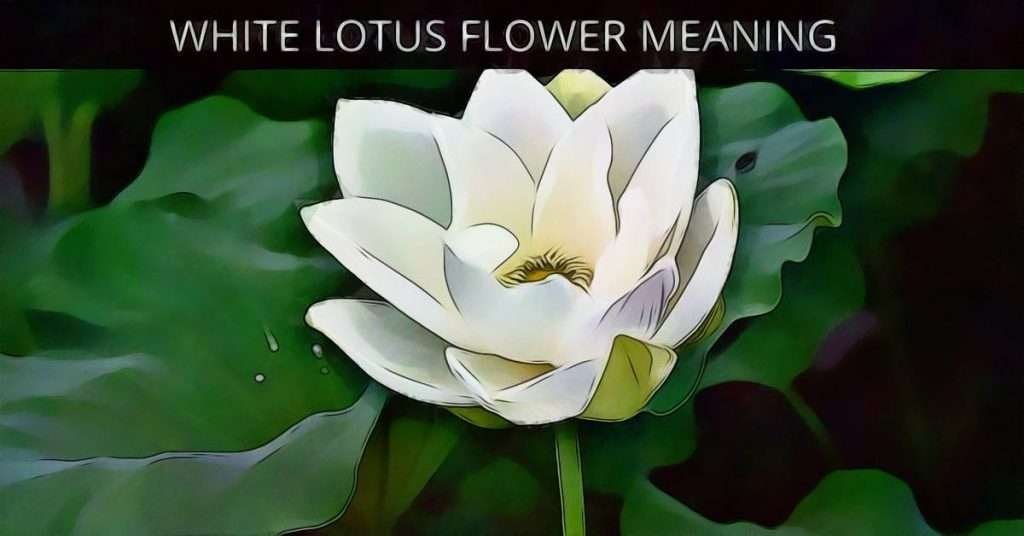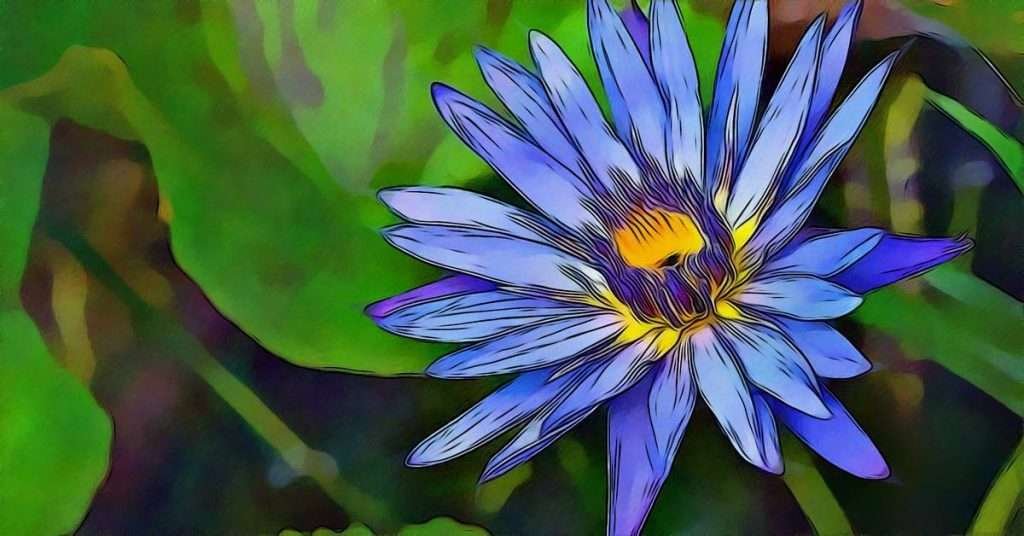You have probably noticed a mandala without realizing what it was.

There is a direct correlation between the lotus flower and the mandala.
As we dig into the beauty and mystery behind the mandala, we will learn about its history, and how cultures use the mandala, and through this, we will probably learn something about ourselves!
What is a mandala?
A mandala is a unique design that has an intricate design that is specific to symbolism.
This design has a history that goes back to ancient India where it was used as a tool for meditation, teachings, and healing.
“Mandala” by Alex "Skud" Bayley is licensed under CC BY 2.0
The mandala is not merely artwork, but it is sacred and deeply held within the hearts of Hindus, Buddhists, and Jains
alike.
The lotus flower is displayed in almost every mandala design and brings a spiritual form the mandala.
The Sanskrit (the classical language of India which is used in liturgies in Hinduism, Buddhism, and Jainism) termed the word “mandala” as a circle or disc-shaped object with a design that represents the universe. It also represents the internal guide of man.
In the Hindu, Buddhist, and Jain cultures, followers create mandalas out of devotion.
The designs are created on stone floors and walls, cloth, paper, and wood.
Symbolic Meaning in the Mandala
|
Garbhadhatu Mandala ● Symbolizes the Buddhist Womb Realm where the Japanese and Chinese Buddhist deities sit |
|
Nava Padma Mandala ● Lotus design is situated in the center. ● Used for Parameshwara ceremony. |
Mandalas are often associated with places that are symbolic. The layout and design of the mandala are very specific in relation to symbolism.
- The Center of the mandala is the “palace.” This is where the deity sits.
- Four gates are oriented towards the four quarters of the world.
- Several layers of circles surround it to protect it. Each layer represents something one must obtain before gaining access to the “palace.”
“Mandala Detail” by Bart Everson is licensed under CC BY 2.0
What are Yantras?
Similar to the mandala, a yantra has a different design that is geometric in shape with 9 interlocking triangles that surround the bindu (center.) The triangles are representational of the cosmos and man’s body.
Symbolic Meaning in the Yantra
|
Sri Yantra ● This art is similar to a mandala ● Symbolizes non-duality. ● Features 16 lotus petals that surround interlocking triangles. |
|
Ganesha Yantra ● Representational of Ganesha (deity) who moves things out of the way so followers can pray to him. ● Ganesha is seated on a lotus flower as a spiritual symbol. |
|
Trident Yantra ● Symbol with Shiva’s (Hindu deity) wrath and war. ● Paired with this symbol is a lotus that bears a trident symbolizing war and peace.
|
How are mandalas used?
A mandala practitioner (the one who uses the mandala to reach the deity in the center) talks to the mandala by addressing the deity in the “palace” (the center of the mandala.) The practitioner receives manifestations that bring him closer to enlightenment.
In Tantric Buddhism, “disciples” must use physical means and tools to reach enlightenment.
“Mandala 1” by Paul Hood is licensed under CC BY 2.0
Tibetan Buddhist Monks and Mandalas
An ancient form of art has been used by Tibetan Buddhist monks who paint mandalas on the temple floors with colored sand.
Once the mandala has served its purpose, a special ritual is used to dismantle it.
In continuing the tradition of Tibetan Buddhist sand mandalas, the monks study for up to three years before being allowed to practice mandala art.
They are required to transform themselves into an enlightened state of mind.
A Buddhist teacher will request a mandala to be done with the “palace” deity (center of the mandala) to serve as a role model for the monk doing the mandala.
The materials used by ancient monks to produce a mandala was made by crushing rocks and precious gems.
However, today, the monks use a color-dyed white rock that is sand-like because of its ability to withstand breezes of air.
Preparing the site of the Mandala
Before a mandala can be laid, the site must be consecrated with incense, chants, and Tibetan music.
Up to 20 monks will then use chalk to outline the drawing from memory. They will leave an open area around the outline to represent the space for corpses.
The Construction of the Mandala
Each of the four gateways of the mandala is assigned one monk each who will be equipped with compass points that he will use to make alignments.
The senior monk assigned to the mandala will be the one to fill in the detailed areas while assistants will fill in the forms.
Beginning at the center, the monk works his way outwards. Once completed, a ceremony is performed.
As the monks work, they wear a mask to prevent breathing in the fine sand.
A special funnel called a “chak-pur” is used to disperse the sand as a metal rod is tapped on the chak-pur to release the sand evenly.

“Sand Mandala” by Nazareth College is licensed under CC BY 2.0
Deconstructing the Mandala
Once the mandala has served its time, the sand is swept towards the center of the mandala symbolizing the reversal of the process.
The sand is then placed into a silk-wrapped jar and released into a body of water.
The Famous Kalachakra Mandala
Tibetan Buddhists caught the attention of the world as they created the world’s most elaborate mandala. There were 722 deities within the mandala.

“Artist monk adding white sand to the edge of the glowing lit Kalachakra mandala, lamas working on letter details, Tibetan Buddhism, Kalachakra for World Peace, Washington D.C., USA” by Wonderlane is licensed under CC BY 2.0
Limited Mandala Masters
There are very few in this world today that are qualified to teach the art of Tibetan sand painting.
In fact, there are only 30 individuals that belong to this elite group. The Dalai Lama is one of those members.
We can see the rarity and temporary life of the beautiful mandala. It takes so long to create, yet is destroyed in a manner of a few sweeps.
Yes, the lotus flower has a contributing symbolic relation to the mandala, and because of this, it causes one to pause to appreciate the beauty of the flower itself as well as its representation in the beautiful art of the mandala!
Life is Better When You Garden™









